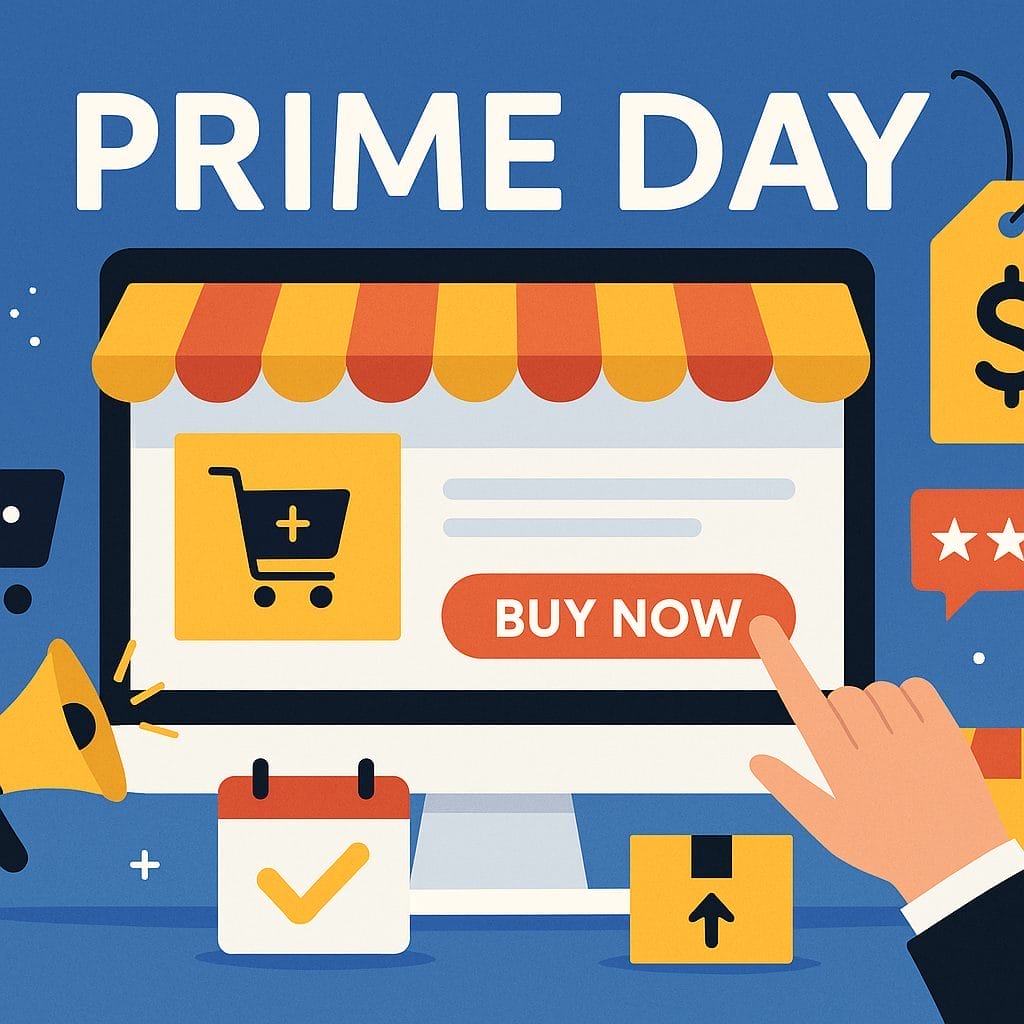Prime Day 2025 Recap: What Happened, What Worked, and What’s Next


Prime Day 2025 didn’t just get bigger—it got longer. Amazon turned its annual sales event into a 4-day marathon, and the ripple effects hit the entire retail ecosystem. Walmart, TikTok Shop, and Target quickly followed suit, stretching the promo window and intensifying competition.
So, what actually happened? What worked for high-performing brands? And how should you adjust your strategy heading into Fall Prime and BFCM?
Let’s break it down.
Amazon’s extended event drove an estimated $24 billion in global sales, according to Pacvue, with brands averaging +34% YoY growth.
But for our clients at GoAmify, performance was even stronger:
The top-performing categories were Beauty & Personal Care and Apparel, with shoppers showing a strong preference for lower-price-point items—indicating continued price sensitivity despite high purchase intent. Brands positioned in beauty and personal care ecommerce saw compounding momentum. Apparel saw strong lifts as well, and brands that dialed in creative and pricing benefited from apparel ecommerce insights ahead of the event.
1. Inventory Readiness
Brands that maintained healthy in-stock rates—despite ongoing supply chain and tariff issues—were best positioned to meet demand. Delays cost several sellers momentum and revenue.
2. Off-Amazon Visibility
Traffic from social channels, influencers, and publisher placements played a major role. Brands that invested in off-channel discovery saw stronger sales lift and longer tail returns.
3. Smart Discounting
While 40%+ deals dominated headlines, we saw better efficiency with 20–30% discounts, which maintained margin while fueling meaningful volume. It also left room for post-event retargeting budgets.
4. Intentional Media Spend
The best-performing brands weren’t everywhere—they were selective and surgical. Winning media strategies focused on defending key ASINs and capturing high-value competitor traffic based on price thresholds and share-of-voice goals.
5. Cost Control
Average CPCs dropped 16% YoY, from $2.51 to $2.12. With the sales window doubling, brands had to spread budgets farther, and smarter pacing strategies paid off.
Prime Day was the stress test. Fall Prime and Q4 are the main event. Here’s how to prepare now so you’re not scrambling later.
If Prime Day taught us anything this year, it’s this: tentpole events aren’t two-day sprints anymore—they’re multi-week campaigns that reward brands with the best planning, not just the best pricing.
Fall Prime and BFCM will only heighten this trend. The brands that win will be the ones that move early, spend intentionally, and stay agile hour by hour—not just day by day.
If you’re still finalizing your Q4 strategy, now’s the time to lock it in. At GoAmify, our Amazon experts are helping brands navigate every phase of the sales cycle—from media planning to logistics to post-event growth.
Let’s make your next big event your most profitable one yet.
Learn more about how we can help your Amazon business succeed!